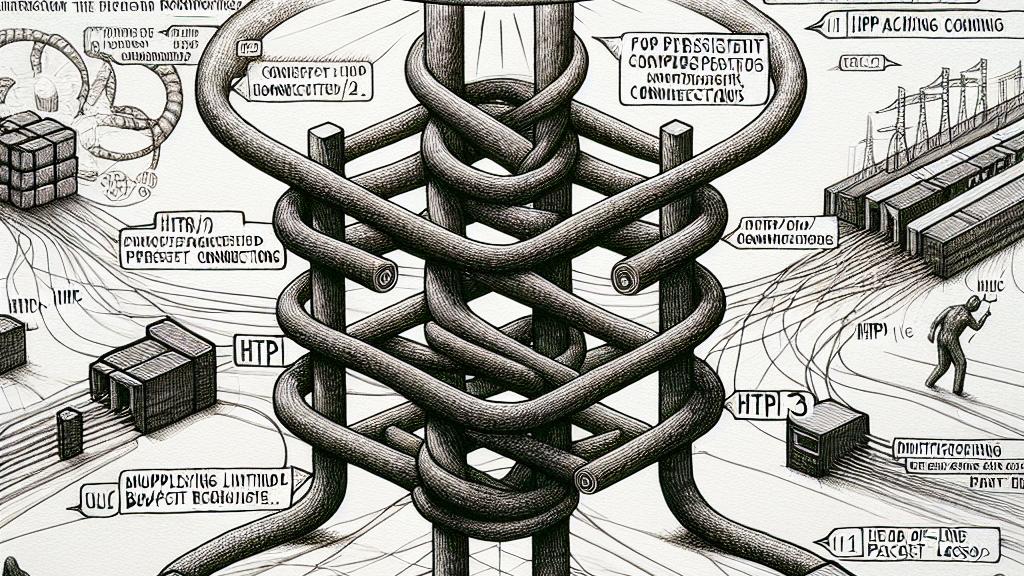HTTP/3 vs HTTP/2: The Clash of the Titans in Internet Speed!
Overview
- HTTP/3 introduces groundbreaking performance enhancements for web traffic.
- QUIC protocol minimizes latency and improves data reliability.
- Strategic partnerships have fast-tracked HTTP/3 adoption across various platforms.

The Evolution of Internet Protocols: A Historical Context
Understanding the evolution of Internet communication protocols is essential for comprehending their impact on modern web applications. Initially launched in 1997, HTTP/1.1 became the standard for data exchange, introducing features like persistent connections that improved performance. However, as web content became more complex, HTTP/1.1's limitations led to the development of HTTP/2 in 2015, which brought enhanced efficiency with multiplexing and head-of-line blocking resolution. Now, with HTTP/3, we are witnessing a critical shift as it utilizes QUIC, a UDP-based transport model. This allows for multiple concurrent data streams without the same packet loss issues that plagued TCP connections used by HTTP/2. This transformation reflects a proactive response to the increased demands of today's digital landscape, ensuring that applications run smoothly even in adverse network conditions.
Unpacking the Advantages of HTTP/3
The advantages of HTTP/3 over its predecessor are compelling and promise to enhance the user experience significantly. One major improvement is in loading times; HTTP/3 can reduce time-to-first-byte (TTFB) by as much as 12.4% compared to HTTP/2, thanks to its innovative 0-RTT fast connection setup. This feature cuts out unnecessary back-and-forth communication, allowing connections to be established almost instantly. Moreover, QUIC’s design allows it to handle packet loss more gracefully; should a packet be dropped, only the affected stream is halted, while others proceed uninterrupted. This capability is crucial for streaming services and other real-time applications where user experience is paramount. As tech landscapes evolve, HTTP/3 stands at the forefront of solutions that aim to eliminate user frustration tied to slow or inconsistent web performance.
Collaborative Momentum: The Future of HTTP/3 Adoption
The future of HTTP/3 is driven by robust partnerships within the tech industry, with giants like Google and Cloudflare playing pivotal roles in its adoption. Their collaborative efforts enhance the protocol’s development, ensuring compatibility with various browsers and platforms. This synergy not only accelerates the deployment of HTTP/3 but also cultivates a shared commitment to providing faster, more reliable web experiences. As a result, we are witnessing a paradigm shift where web communication is increasingly optimized for performance. The integration of HTTP/3 into more user-facing applications promises to diminish online bottlenecks and frustrations, ultimately paving the way for an Internet that is faster, more efficient, and capable of meeting the demands of an ever-growing digital user base.

Loading...